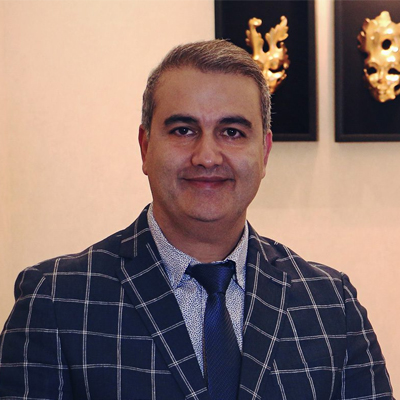Eyebrow Transplant in Iran
Eyebrows are a defining feature of the face, framing the eyes and contributing significantly to facial symmetry and expression.
We help you to double your beauty! Get in touch with our consultants…


Stay in Iran
7 days
Recovery time
10-12 days
Clinic Stay
1 day
Stay in Iran
7 days
Recovery time
10-12 days
Clinic Stay
1 day
- Packeges
- Videos
- B & A Photos
- Surgeon
- Hotels
- FAQs
All To Know About Eyebrow Transplant
Eyebrows are a defining feature of the face, framing the eyes and contributing significantly to facial symmetry and expression. However, factors such as genetics, over-plucking, trauma, medical conditions, or aging can lead to thinning or loss of eyebrows, which can affect one’s self-confidence and overall appearance.
In recent years, eyebrow transplant has emerged as a viable solution for individuals seeking to restore or enhance their eyebrows. This surgical procedure involves the transplant of hair follicles from donor areas, typically the back of the scalp, to the eyebrow region. Unlike temporary solutions like microblading or eyebrow pencils, eyebrow transplant offers a permanent and natural-looking solution for eyebrow restoration.
Throughout this post, we at Mediranco health tourism company will explore the various aspects of eyebrow transplant in Iran, including the process, benefits, considerations, and recovery, providing valuable insights for individuals considering this transformative procedure. From understanding the underlying causes of eyebrow loss to navigating the post-operative care, we aim to empower readers with comprehensive knowledge to make informed decisions about their aesthetic journey.
Understanding Eyebrow Loss
Eyebrows play a crucial role in framing the face and defining its features. However, various factors can contribute to eyebrow loss or thinning, impacting not only aesthetic appearance but also self-esteem. Understanding the root causes of eyebrow loss is essential for exploring effective solutions such as eyebrow transplant. Below are common factors contributing to eyebrow loss:
1. Genetics: Genetic predisposition can influence the density, shape, and growth pattern of eyebrows. Some individuals may inherit traits that result in sparse or thin eyebrows, while others may experience progressive thinning over time due to hereditary factors.
2. Over-Plucking or Waxing: Excessive grooming practices such as over-plucking or frequent waxing can damage hair follicles, leading to diminished eyebrow density and even permanent hair loss in some cases. Chronic manipulation of the eyebrows can disrupt the natural growth cycle, causing thinning or irregularities in hair growth.
Romanian girl choosing Iran for a perfect Eyebrow Transplantresult
3.Medical Conditions: Certain medical conditions or health issues can contribute to eyebrow loss. Conditions such as alopecia areata, thyroid disorders, autoimmune diseases, and hormonal imbalances may disrupt the normal growth cycle of eyebrow hair follicles, resulting in partial or complete eyebrow loss.
4. Trauma or Injury: Physical trauma, injury, or burns to the eyebrow area can cause permanent damage to hair follicles, leading to eyebrow loss. Surgical procedures, accidents, or burns near the eyebrows can disrupt the blood supply to the follicles or cause scarring, hindering normal hair growth.
5. Aging: As individuals age, they may experience changes in hair growth patterns, including the eyebrows. The natural aging process can lead to decreased hair density, thinning, or graying of eyebrows, contributing to an aged appearance.
6. Chemotherapy or Radiation Therapy: Cancer treatments such as chemotherapy and radiation therapy can cause temporary or permanent hair loss, including eyebrows. The impact of these treatments on hair follicles varies among individuals, with some experiencing regrowth after treatment cessation, while others may require intervention to restore eyebrow density.
Understanding the underlying causes of eyebrow loss is crucial for determining the most appropriate treatment approach. In the next sections, we will explore eyebrow transplant as a permanent solution for restoring eyebrow density and enhancing facial aesthetics, providing hope and confidence to individuals facing the challenges of eyebrow loss
Others Video
Australian girl getting a Eyebrow Transplant in Irant hinks it’s way better than you think
Australian girl getting a Eyebrow Transplant in Irant hinks it’s way better than you think
Australian girl getting a Eyebrow Transplant in Irant hinks it’s way better than you think
Australian girl getting a Eyebrow Transplant in Irant hinks it’s way better than you think
Rhinoplasty in Iran before and after
Before
after
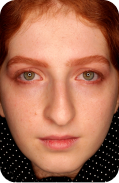

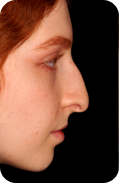
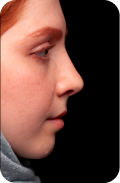
Before
after




Before
after




Before
after




What Our Customer Say
Iesna
GB
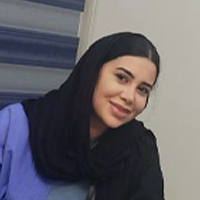
Mediranco is an excellent agency they helped me arrange my whole trip to Iran and surgery with Dr. Hooman Ganjehkhosravi. From the moment I arrived in Tehran, I was greeted with warmth and hospitality that made…
Lydia
GB

I had a guide called sara who was absolutely amazing. She was so caring and kind and made sure I was comfortable and safe throughout my trip. I really recommend any one using mediran to book with sara!
Mansoor
DK
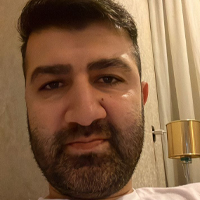
My name is Mansoor from Denmark .I highly recommend this mediranco. Mr Hossain was very kind and Good person. The Company mediranco is very fast to response. Thanks mediranco
Amal
AU

I had an amazing experience with Mediranco’s service. Traveling to Iran on November 1st, 2023, for Gastric sleeve surgery was truly incredible. From the airport pick-up to a farewell dinner on my last day, the journey was exceptional…
Now, let’s have a look at the photos of our patients in Iran!





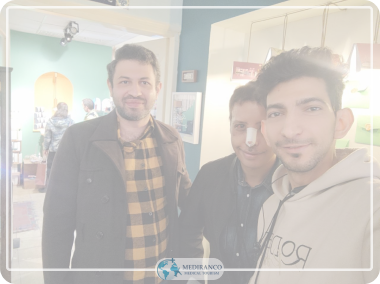
Dr Shahriar Yahyavi
+2000
Successful Surgeries
12
Years of Experience
Successful Surgeries
+5
Dr Mitra Manavi
+2000
Successful Surgeries
12
Years of Experience
Successful Surgeries
+5
Dr kasra sabeti
+2000
Successful Surgeries
12
Years of Experience
Successful Surgeries
+5
Dr Farzad Nikouseresht
+2000
Successful Surgeries
12
Years of Experience
Successful Surgeries
+5
Dr Asadollah Mahdavi
+2000
Successful Surgeries
12
Years of Experience
Successful Surgeries
+5
Best Eyebrow transplant Surgeon Iran
The Process of Eyebrow transplant and methods
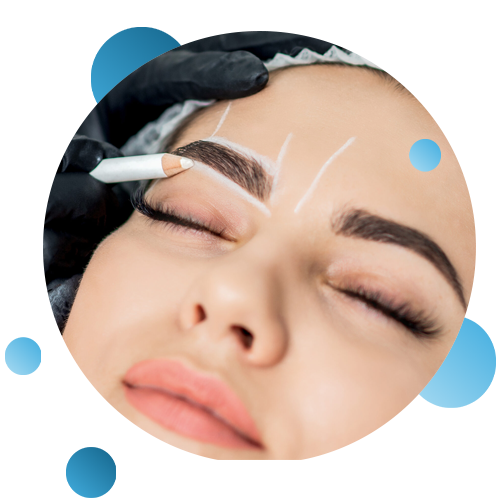
appearance of eyebrows by transplanting hair follicles from donor areas to the eyebrow region. This process involves several stages, from initial consultation to post-operative care. Below is an overview of the key steps involved in eyebrow transplant:
1.Initial Consultation and Assessment:
- The journey begins with an initial consultation with a qualified eyebrow transplant specialist. During this appointment, the surgeon assesses the patient’s eyebrow concerns, aesthetic goals, medical history, and suitability for the procedure.
- Detailed discussions regarding expectations, potential risks, and outcomes are essential to ensure informed decision-making.
2. Pre-operative Planning:
- Before the procedure, the surgeon conducts a comprehensive evaluation of the donor area, typically located at the back of the scalp, to determine the availability and quality of hair follicles for transplant.
- Customized treatment plans are developed based on the patient’s unique eyebrow anatomy, desired outcomes, and donor hair characteristics.
3. Anesthesia
- On the day of the procedure, local anesthesia is administered to ensure patient comfort during the surgical process. The use of local anesthesia minimizes discomfort and eliminates the need for general anesthesia.
4. Extraction of Donor Hair Follicles:
- The surgeon carefully extracts individual hair follicles from the donor area using a precise harvesting technique, such as Follicular Unit Extraction (FUE) or Follicular Unit transplant (FUT).
- FUE involves the extraction of individual follicular units using a small, handheld instrument, while FUT involves the removal of a thin strip of tissue containing hair follicles from the donor area.
5. Creation of Recipient Sites:
- Once an adequate number of donor hair follicles are harvested, the surgeon creates tiny recipient sites in the eyebrow region using specialized instruments. These recipient sites are strategically positioned to achieve natural-looking eyebrow shape and density.
6. Graft Placement:
- The extracted hair follicles are meticulously placed into the recipient sites, paying close attention to the angle, direction, and distribution of hair growth to mimic the natural pattern of eyebrows.
- The surgeon ensures precise placement of grafts to achieve symmetrical and aesthetically pleasing results.
7. Post-operative Care and Recovery:
- After the procedure, patients receive detailed instructions on post-operative care, including wound care, medication administration, and activity restrictions.
- Swelling, redness, and minor discomfort are common during the initial recovery period, which typically resolves within a few days to weeks.
- Follow-up appointments are scheduled to monitor progress, address any concerns, and provide guidance on optimizing long-term results.
Hotels

Shiraz Hotel
Tehran, crossroad of chamran and valiasr, parsian esteghlal international hotel
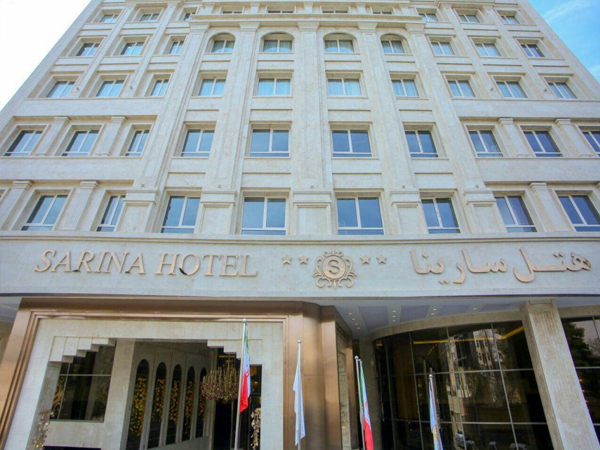
Sarina Hotel
Tehran, crossroad of chamran and valiasr, parsian esteghlal international hotel

SarayeAmeriha Boutique Hotel
Tehran, crossroad of chamran and valiasr, parsian esteghlal international hotel

Parsian Safaiyeh Hotel
Tehran, crossroad of chamran and valiasr, parsian esteghlal international hotel

Parsian Esteghlal Hotel
Tehran, crossroad of chamran and valiasr, parsian esteghlal international hotel

Parsian Azadi Hotel
Tehran, crossroad of chamran and valiasr, parsian esteghlal international hotel
Overview of Eyebrow Transplant Methods in Iran:
Eyebrow Transplant techniques in Iran have undergone significant advancements, providing effective solutions for combating eyebrow loss and achieving natural-looking eyebrows. The field primarily focuses on two techniques: follicular unit Transplant (FUT) and follicular unit extraction (FUE).
FUT involves the removal of a strip of scalp from the donor area, typically located at the back of the head. This strip is then carefully dissected into individual follicular units, which are subsequently transplanted into the recipient area.
In contrast, FUE entails the extraction of individual hair follicles directly from the donor site, using a small punch tool. This approach results in minimal scarring and offers a less invasive alternative to FUT.
Both FUT and FUE procedures require meticulous precision and artistic skill to achieve natural-looking results. Recent advancements in technology have further improved the effectiveness and outcomes of eyebrow transplant procedures.
These advancements offer hope to individuals seeking effective solutions for eyebrow restoration, promising enhanced aesthetic results and increased patient satisfaction.
By gaining insight into the intricate steps involved in the eyebrow Transplant process, individuals can approach the procedure with confidence and clarity, understanding what to expect at each stage of their journey toward achieving fuller, more defined eyebrows.
Recovery and Aftercare Following Eyebrow Transplant
- Take time off work
Immediate Post-Operative Period: – Following eyebrow Transplant, patients may experience mild discomfort, swelling, and redness in the treated area. These are common and typically subside within the first few days. – It is essential to avoid touching or scratching the transplanted eyebrows to prevent displacement of grafts and minimize the risk of infection.

- Follow your surgeon’s instructions
– Patients are prescribed pain medication and antibiotics to manage discomfort and reduce the risk of infection. It is crucial to take medications as directed by the surgeon. – Gentle cleansing of the transplanted area with a mild, non-abrasive cleanser and lukewarm water is recommended to keep the area clean and free from debris. Avoid harsh scrubbing or rubbing of the eyebrows during washing.

- Avoid strenuous activities:
– Protecting the transplanted eyebrows from trauma and sun exposure is essential during the initial healing phase. Patients are advised to avoid activities that may cause friction or pressure on the eyebrows, such as wearing tight-fitting hats or goggles. – Sunscreen with a high SPF should be applied to the transplanted area when exposed to sunlight to prevent sunburn and minimize the risk of hyperpigmentation.

- Take your medications as directed
– Strenuous physical activities, including heavy lifting, vigorous exercise, and bending over, should be avoided during the initial recovery period to prevent strain on the transplanted eyebrows and minimize the risk of complications. – Patients should also refrain from swimming and activities that involve exposure to chlorinated water or sweat until cleared by their surgeon.

- Use cold compresses
– Regular follow-up appointments with the surgeon are scheduled to monitor healing progress, evaluate graft survival, and address any concerns or questions that may arise. – The surgeon may recommend additional treatments or adjustments to optimize eyebrow aesthetics and ensure long-term satisfaction.

- Attend follow-up appointments
– As the transplanted eyebrows continue to mature and grow, regular grooming and maintenance may be necessary to achieve the desired shape and appearance. – Patients should discuss long-term care recommendations with their surgeon, including trimming, shaping, and conditioning the eyebrows to maintain a natural and well-groomed look.

- Avoid alcohol and smoking
Applying cold compresses to your nose can help to reduce swelling and discomfort. Be sure to follow your surgeon’s instructions on how often to use cold compresses and how long to apply them for.

Cost of eyebrow transplant in Iran
The cost of an eyebrow transplant typically ranges from $2,000 to $6,000, depending on factors such as the surgeon’s expertise, geographical location, and the extent of eyebrow restoration needed. In countries like Iran, where healthcare costs are lower, patients may find more affordable options without compromising on quality. The cost of an eyebrow transplant in Iran ranging from 800$ to 1500$. During your consultation, your surgeon will provide a personalized quote based on your individual needs and goals.
Alternative Treatments for Eyebrow Restoration
While eyebrow Transplant offers a permanent and natural-looking solution for individuals seeking to restore or enhance their eyebrows, several alternative treatments are available to address eyebrow loss or thinning. These alternative options vary in terms of technique, duration of results, and suitability for different patient preferences and needs. Below are some alternative treatments for eyebrow restoration:
1. Microblading:
- Microblading is a semi-permanent cosmetic tattooing technique that involves manually implanting pigment into the skin using a handheld tool with fine needles. This technique creates realistic hair-like strokes to mimic the appearance of natural eyebrows.
- Microblading can be an effective option for individuals with sparse eyebrows who desire a temporary solution to enhance eyebrow shape and definition. However, results typically last 1-3 years and may require touch-up sessions to maintain optimal appearance.
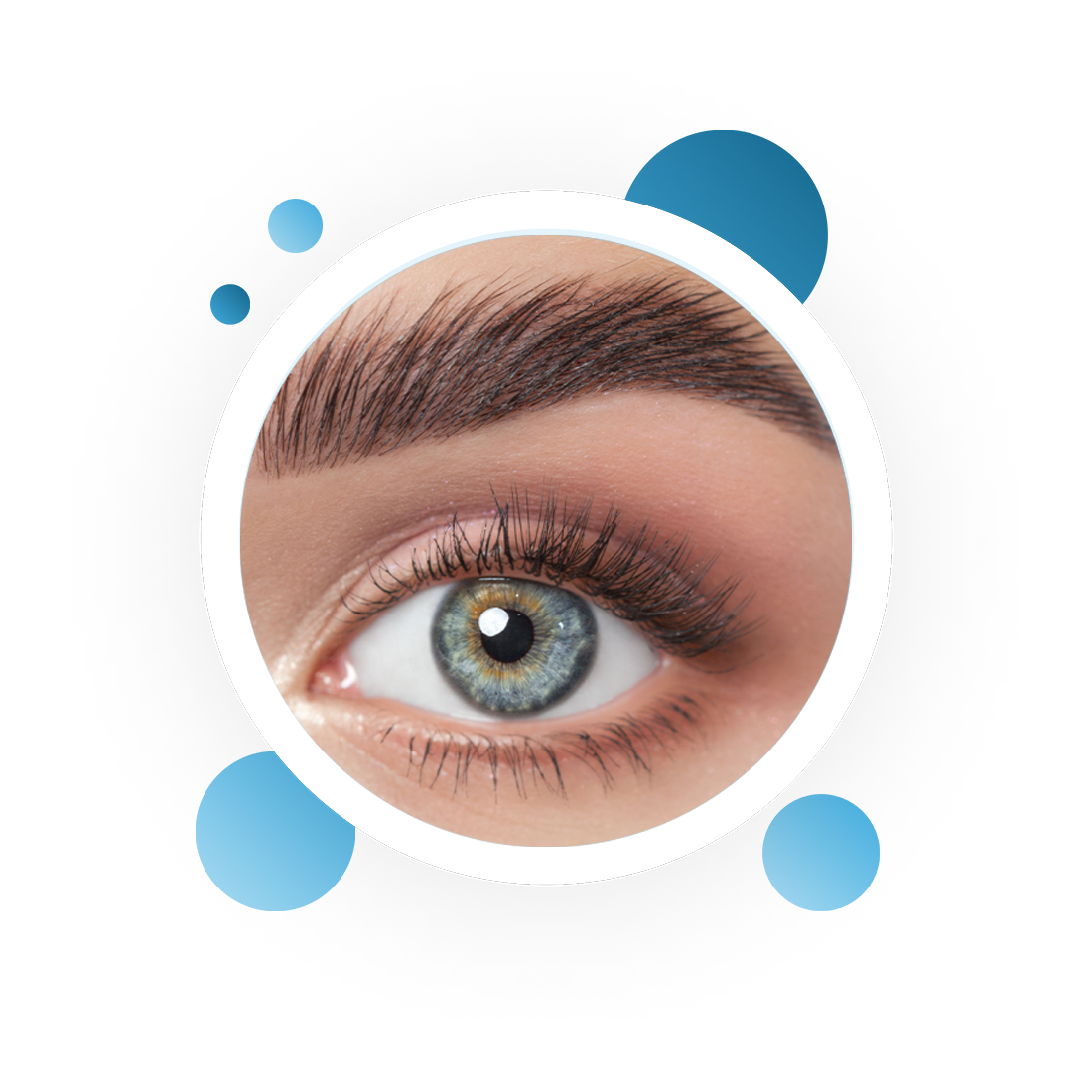

2. Eyebrow Tattooing:
- Eyebrow tattooing, also known as permanent makeup or cosmetic tattooing, involves depositing pigment into the skin using a tattoo machine to create permanent eyebrow definition and shape.
- While eyebrow tattooing offers long-lasting results, it may not provide the same level of realism and natural appearance as eyebrow Transplant. Additionally, pigment fading and changes in skin tone over time may necessitate periodic touch-ups to maintain desired results.
3. Eyebrow Serums and Enhancing Products:
- Eyebrow serums and enhancing products contain growth-stimulating ingredients, such as peptides, vitamins, and botanical extracts, designed to promote eyebrow hair growth and improve overall eyebrow appearance.
- These products may be applied topically to the eyebrows daily as part of a skincare routine. While they may help enhance eyebrow density and thickness over time, results can vary, and consistent use is required to maintain benefits.
4. Eyebrow Extensions:
- Eyebrow extensions involve the attachment of individual synthetic or natural hair fibers to the existing eyebrow hairs using adhesive, creating a fuller and more defined eyebrow appearance.
- Eyebrow extensions offer a temporary solution for individuals seeking immediate results without undergoing surgery. However, maintenance is required to preserve the appearance of eyebrow extensions, and they may not be suitable for all individuals due to potential allergic reactions or irritation.
5. Topical Medications:
- Topical medications, such as minoxidil, may be prescribed by a dermatologist to stimulate hair growth in the eyebrow area for individuals experiencing eyebrow thinning or loss due to conditions like alopecia areata or hormonal imbalances.
- While topical medications can be effective for some individuals, results may vary, and it may take several months to see noticeable improvement in eyebrow density.
When considering alternative treatments for eyebrow restoration, it is essential to consult with a qualified healthcare professional or aesthetic specialist to determine the most suitable option based on individual preferences, goals, and underlying factors contributing to eyebrow loss. Each treatment option has its own benefits and limitations, and an informed decision can help achieve the desired aesthetic outcome while prioritizing safety and satisfaction.
Choosing the Right Provider for Eyebrow Transplant
Selecting the right provider for eyebrow Transplant is crucial for ensuring a safe, successful, and satisfying outcome. The expertise, qualifications, and reputation of the provider significantly impact the quality of care and results obtained. Here are key factors to consider when choosing a provider for eyebrow Transplant:
- Board Certification and Credentials:
– Look for a provider who is board-certified in plastic surgery, dermatology, or a related specialty with specific training and experience in hair Transplant procedures.
– Verify the provider’s credentials, including medical licenses, certifications, and affiliations with reputable professional organizations such as the American Board of Plastic Surgery or the International Society of Hair Restoration Surgery.
- Experience and Expertise:
– Choose a provider with extensive experience performing eyebrow Transplant procedures and a proven track record of delivering natural-looking and aesthetically pleasing results.
– Inquire about the number of eyebrow Transplant procedures the provider has performed, their success rates, and their familiarity with various surgical techniques and approaches.


- Specialization in Hair Restoration:
– Opt for a provider who specializes in hair restoration and has dedicated expertise in eyebrow Transplant specifically.
– A specialist with a focus on hair restoration procedures is more likely to possess advanced skills, knowledge, and techniques tailored to the unique nuances of eyebrow Transplant.
- Patient Reviews and Testimonials:
– Research patient reviews, testimonials, and before-and-after photos to gauge the satisfaction levels of previous patients who underwent eyebrow Transplant with the provider.
– Pay attention to the quality of results, patient experiences, and overall satisfaction with the care received to assess the provider’s reputation and credibility.
- Consultation Process:
– Schedule a consultation with the provider to discuss your eyebrow restoration goals, expectations, and concerns.
– During the consultation, evaluate the provider’s communication style, attentiveness, and willingness to address your questions and customize a treatment plan based on your individual needs and preferences.
- Facility Accreditation and Safety Standards:
– Ensure that the provider operates in a reputable, accredited facility equipped with state-of-the-art equipment and adheres to stringent safety and hygiene standards.
– Accreditation by organizations such as the Accreditation Association for Ambulatory Health Care (AAAHC) or the Joint Commission signifies a commitment to excellence in patient care and safety.
- Transparent Pricing and Financing Options:
– Request detailed information about the total cost of eyebrow Transplant, including surgical fees, anesthesia, facility fees, and post-operative care.
– Inquire about available financing options, payment plans, and insurance coverage to make the procedure more affordable and accessible.
- Personal Connection and Trust:
– Trust your instincts and choose a provider with whom you feel comfortable, respected, and confident in their abilities to deliver the desired results.
– A strong rapport and trust between you and the provider are essential for a positive surgical experience and successful outcomes.
By carefully considering these factors and conducting thorough research, you can select a qualified and reputable provider for eyebrow Transplant who prioritizes patient safety, satisfaction, and aesthetic excellence. Investing time and effort in choosing the right provider can significantly enhance your overall experience and ensure optimal results from eyebrow Transplant. You can make sure of adherence to all these factors by choosing Mediranco team, as we have handpicked the best surgeons in Iran for various operations.
Eyebrow transplant in Iran, an Overview
In the pursuit of restoring or enhancing your eyebrows through Transplant, it’s essential to embark on this journey with careful consideration and confidence. Remember, the decision to undergo eyebrow Transplant is deeply personal, and finding the right provider is paramount to achieving your desired outcome.
Whether you’re seeking to address eyebrow loss due to genetic factors, over-plucking, medical conditions, or simply wish to enhance your natural beauty, eyebrow Transplant offers a permanent and transformative solution. By selecting a board-certified provider with expertise in hair restoration, prioritizing safety and quality, and maintaining open communication throughout the process, you can embark on this aesthetic journey with peace of mind and assurance.
As you embark on this transformative experience, remember to set realistic expectations, trust in the expertise of your chosen provider, and prioritize your well-being throughout the journey. Your eyebrows are more than just a feature of your face—they are an expression of your identity and confidence. With the right care, guidance, and expertise, eyebrow Transplant can restore not only your eyebrows but also your self-assurance and sense of empowerment.
If you have still questions in your mind about eyebrow transplant feel free to get in touch with Mediranco support team.
Is eyebrow Transplant a painful procedure?
Eyebrow Transplant is typically performed under local anesthesia to ensure that patients remain comfortable throughout the procedure. While some patients may experience mild discomfort or soreness after the surgery, this can usually be managed with pain medication prescribed by the surgeon.
How long does it take to see results after eyebrow transplant?
Initial results of eyebrow transplant may be visible within a few weeks to a couple of months after the procedure as the transplanted hair follicles begin to grow. However, it can take up to 6-12 months for the full results to become apparent as the transplanted hairs mature and blend seamlessly with the existing eyebrow hair.
Are eyebrow transplants permanent?
Yes, eyebrow transplant in Iran offers a permanent solution for restoring or enhancing eyebrow density. The transplanted hair follicles are typically harvested from the back of the scalp, where hair growth is genetically resistant to balding, ensuring long-lasting results.
Will my transplanted eyebrows look natural?
With advancements in surgical techniques and meticulous attention to detail, eyebrow transplant can achieve natural-looking results that seamlessly blend with the patient’s facial features. Surgeons strategically place the transplanted hair follicles to mimic the natural angle, direction, and density of eyebrow hair, ensuring a harmonious and authentic appearance.
Are there any risks or complications associated with eyebrow Transplant?
While eyebrow transplant is generally considered safe, like any surgical procedure, there are potential risks and complications. These may include infection, swelling, bleeding, scarring, and uneven or unnatural-looking results. However, choosing a qualified and experienced provider, following post-operative care instructions diligently, and attending follow-up appointments can help minimize these risks and optimize outcomes.





